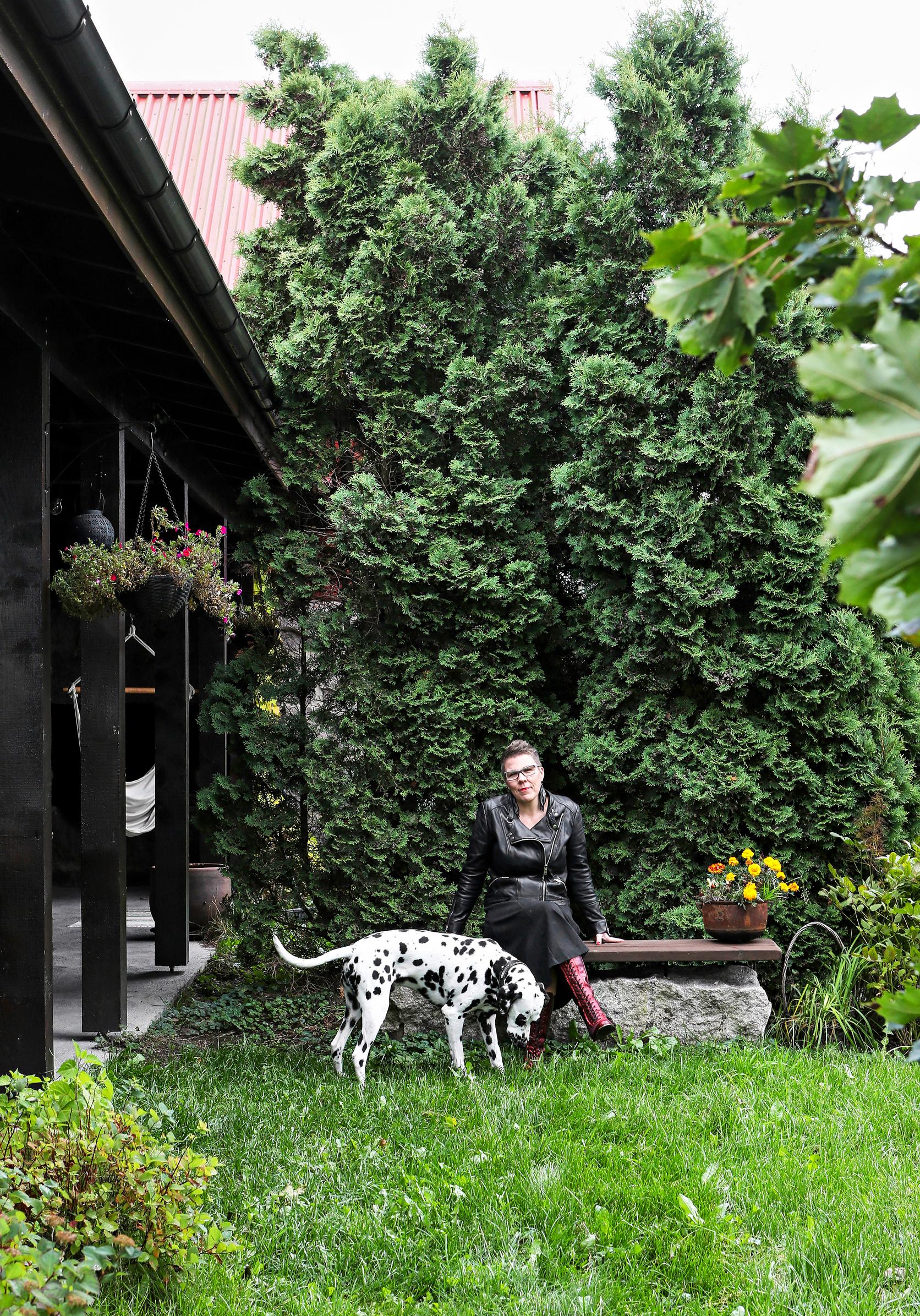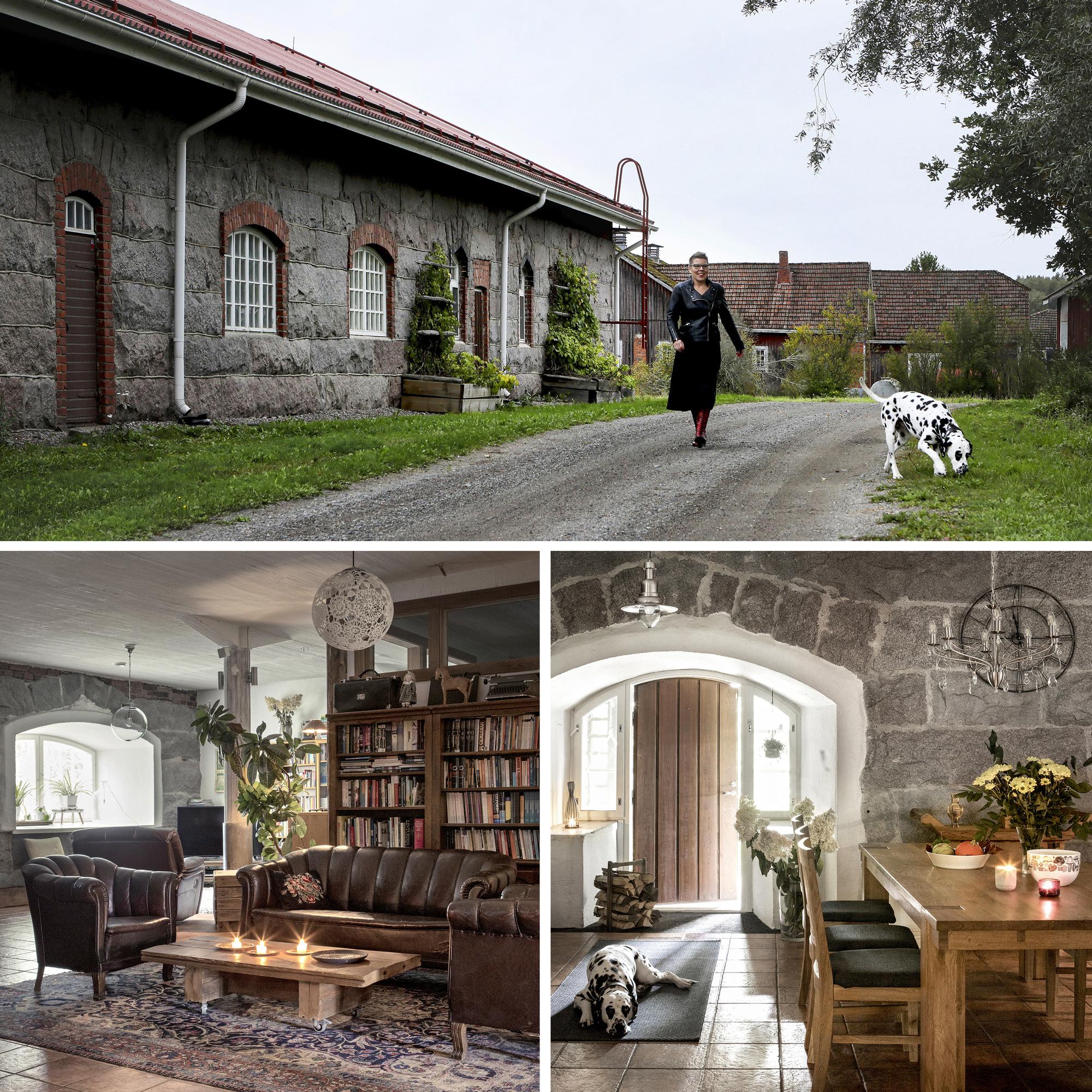
Maria and her husband transformed her family’s old barn into a home—“This house is something so permanent, it already feels safe”
Maria’s family of five created their home in the old barn on her family’s estate. Thick stone walls and the arches above the doors lend it a uniquely atmospheric feel. Even in a turbulent world, this homestead stands steadfast.

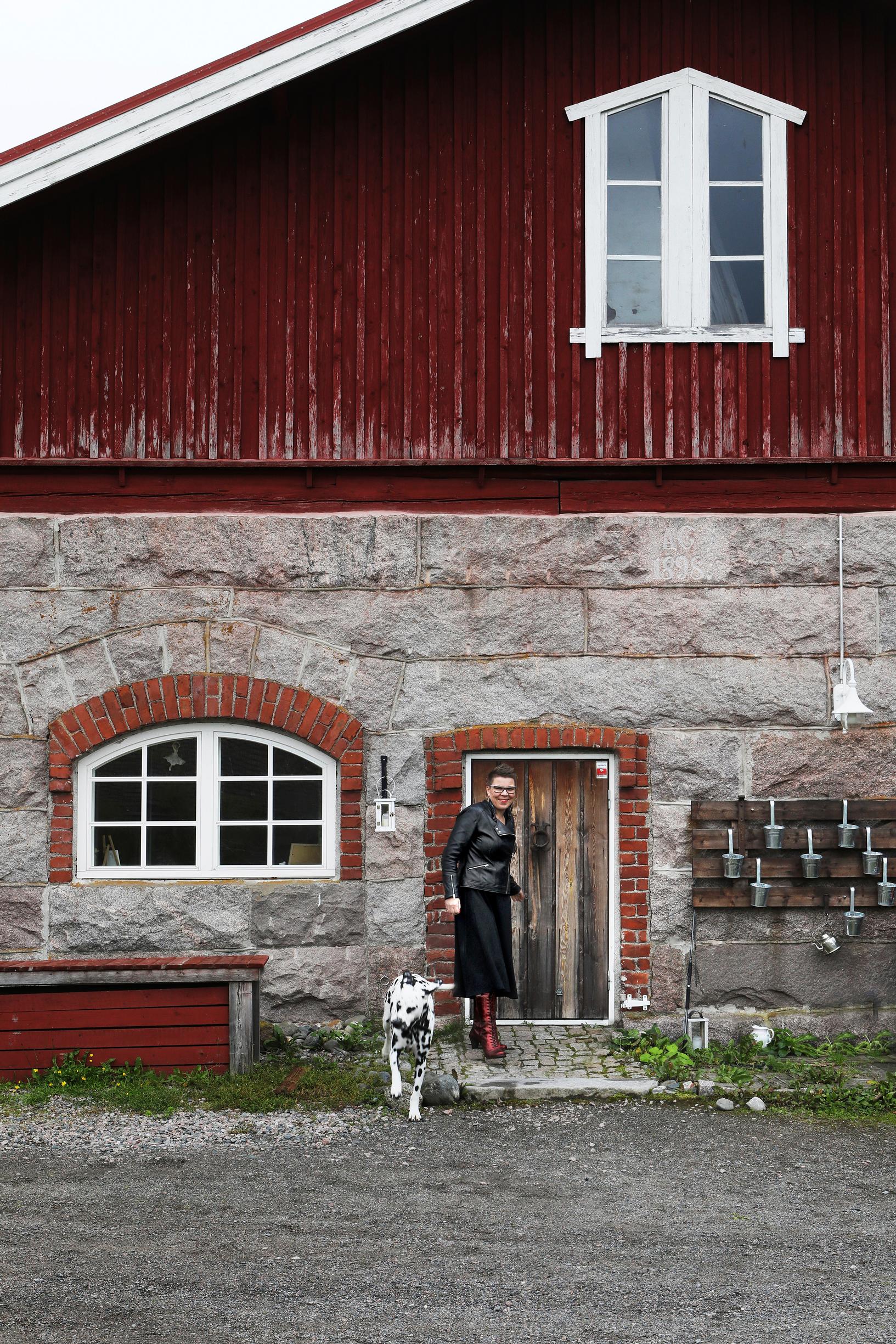
When Maria Lassila-Merisalo opens the door to her home in Hämeenlinna, Finland, most people take a deep breath. The thick, over-one-meter stone walls and arches above the doorways conjure thoughts of castles, Central Europe, or the Middle Ages. Yet we’re still in the Finnish countryside, grounded and unwavering.
“When I say we live in a barn, children usually giggle. When adults step inside, they sigh in delight. Once, a five-year-old came to my daughter’s birthday party and exclaimed that this place is just like a hotel,” Maria says with a smile.
In the more than 100-square-meter open area, there is a kitchen, a large dining table, a bar counter, a workspace corner, and a living area with sofas and plush rugs. Beyond the doors and doorways, there is an equal amount of heated living space. The barn’s southern end remains unheated storage.
The stories behind the building and its objects reach far beyond just today’s interior design. Their roots stretch back centuries. As early as the 16th century, the estate was known as a cavalry farm.

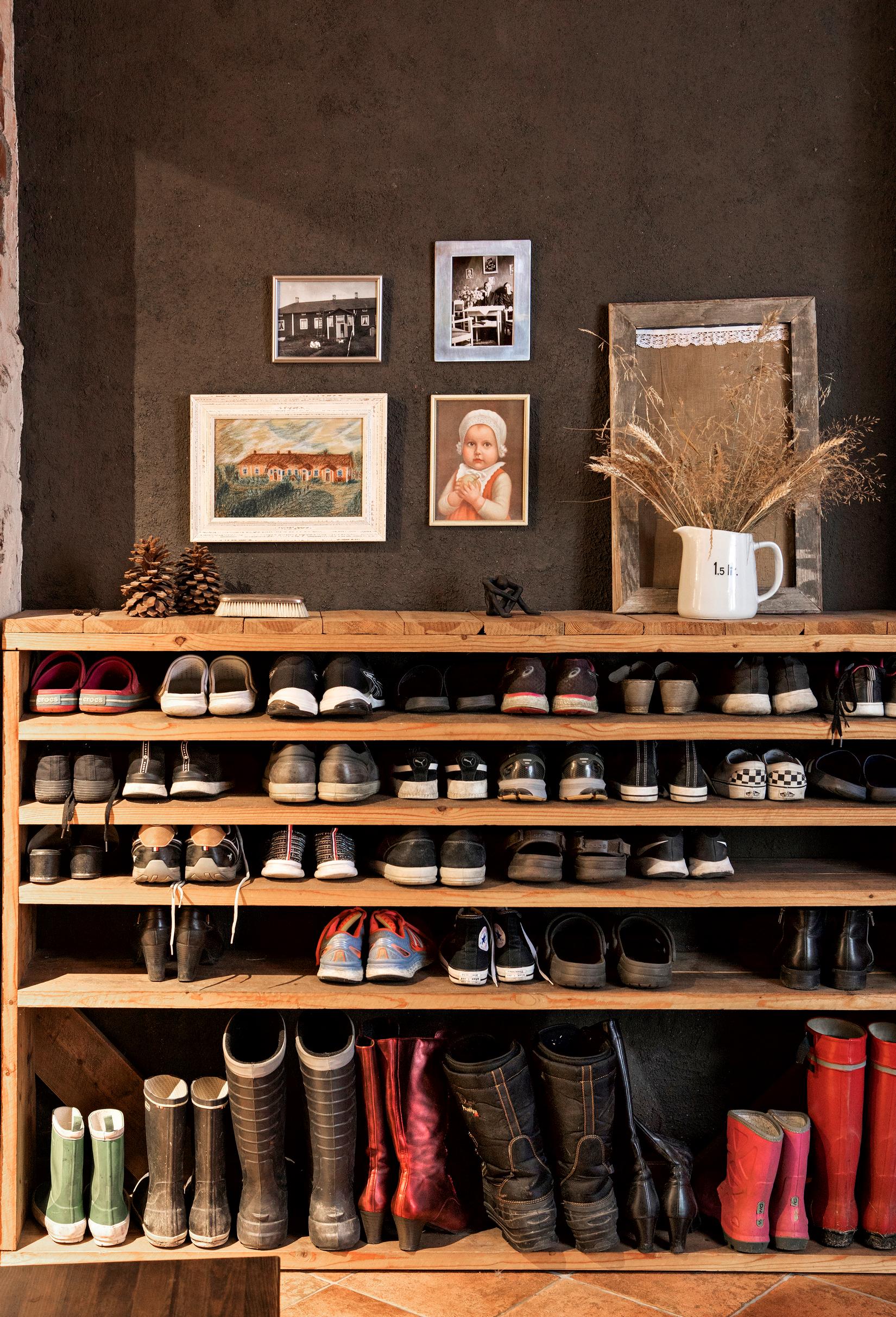

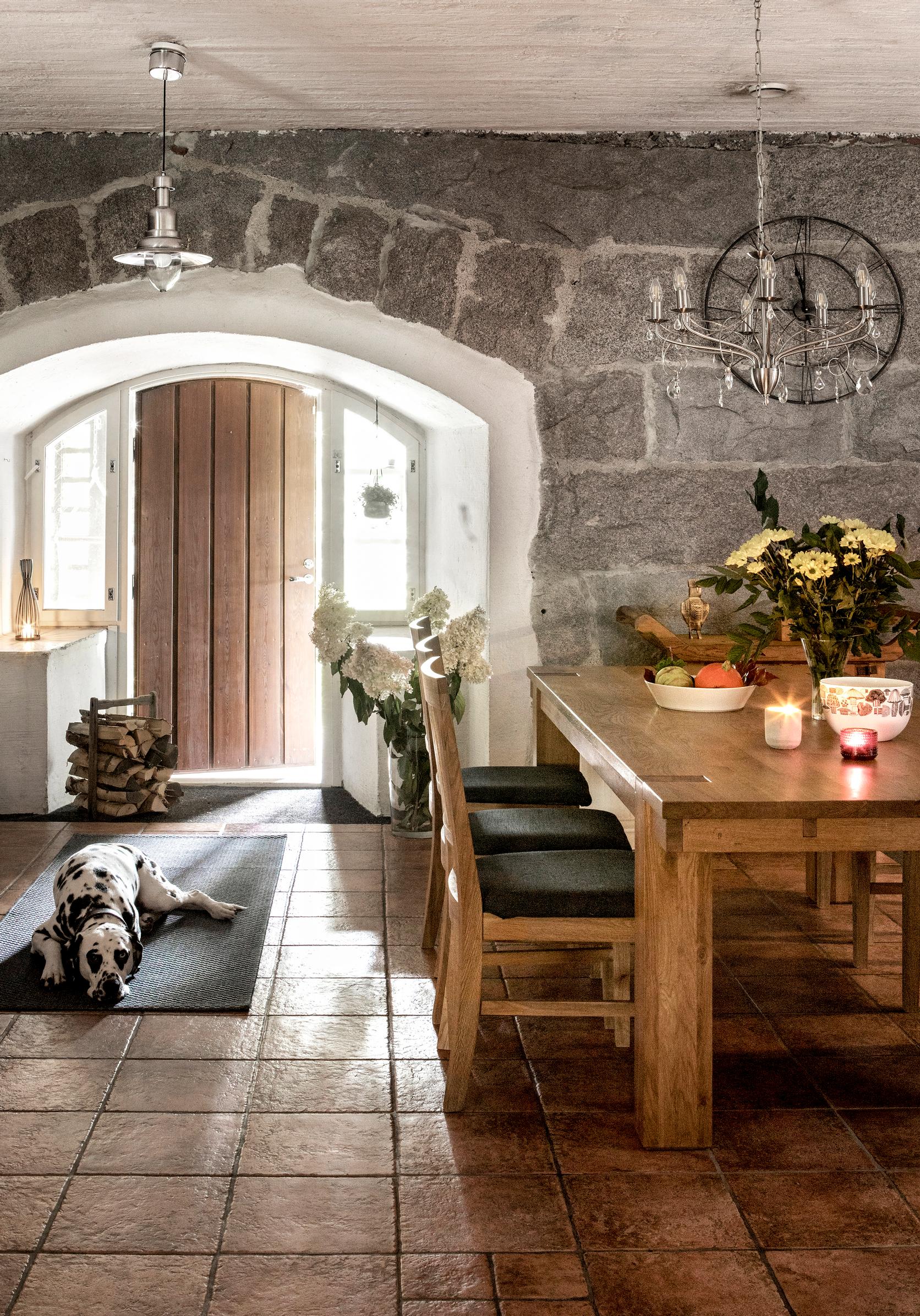
Many of these stories come from Maria’s family heritage. The main farmhouse is her childhood home. No animals have lived in this over 100-year-old barn for decades. The farm’s fields are rented out, yet small traces of the estate’s history remain here and there.
Memories of the cows blend seamlessly into the interior. A cowbell hangs by the fireplace, and an old milk can bearing the farm’s insignia is used to hold umbrellas. A vintage classroom poster showcases Finnish cattle breeds.
The barn was built bit by bit over roughly twenty years. One stone wall bears the date 1898, which might mark when construction began. The barn’s drawings from 1919 hang on the wall.
“At that time, during my father’s grandfather Väinö Lassila’s era, the building was apparently completed. Perhaps they wanted to do it thoroughly since they were building anyway.”
On top of the bookshelf is Väinö’s suitcase. Hanging on the brick wall are his parents’ Matilda’s and Johani’s reliefs.

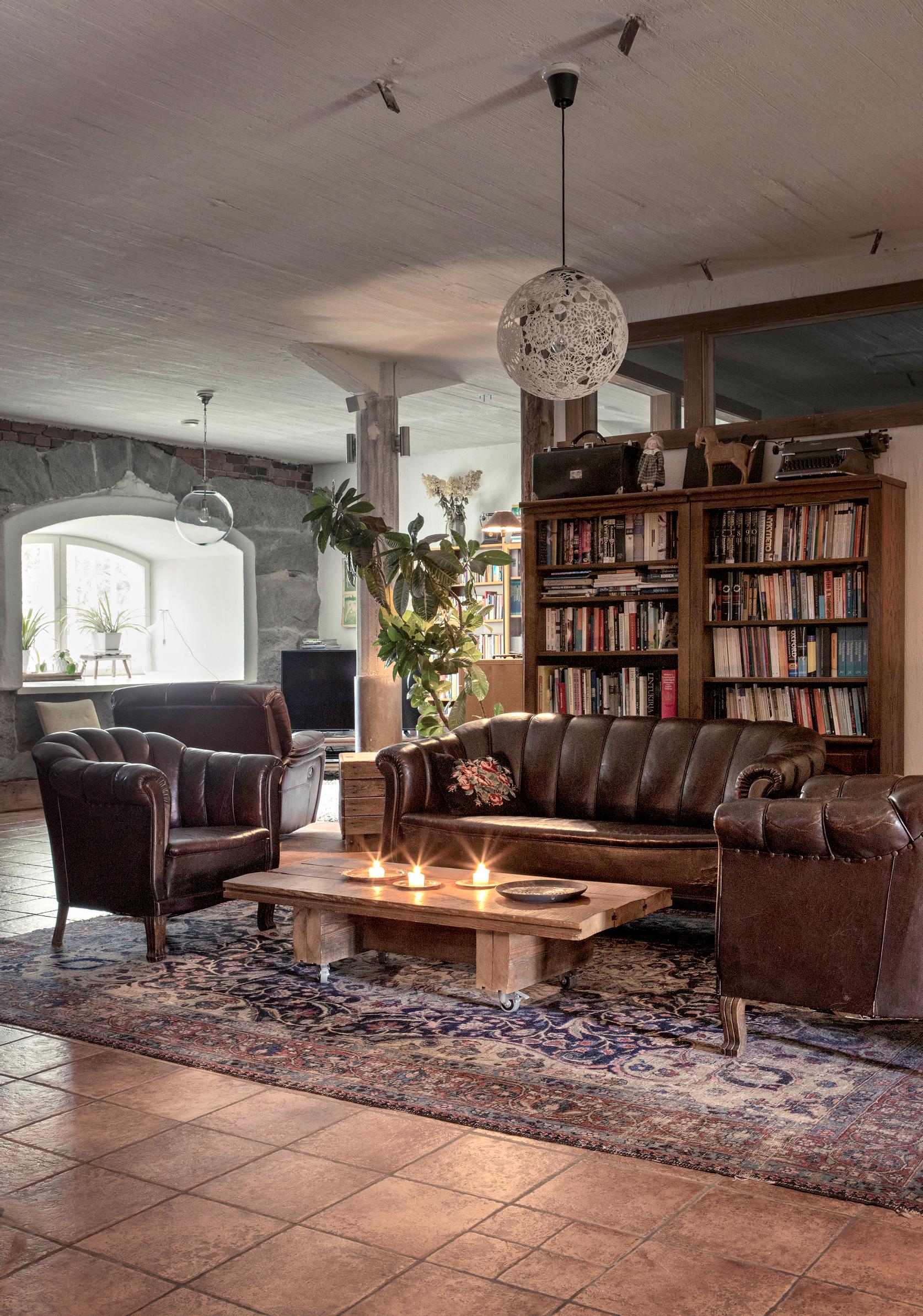

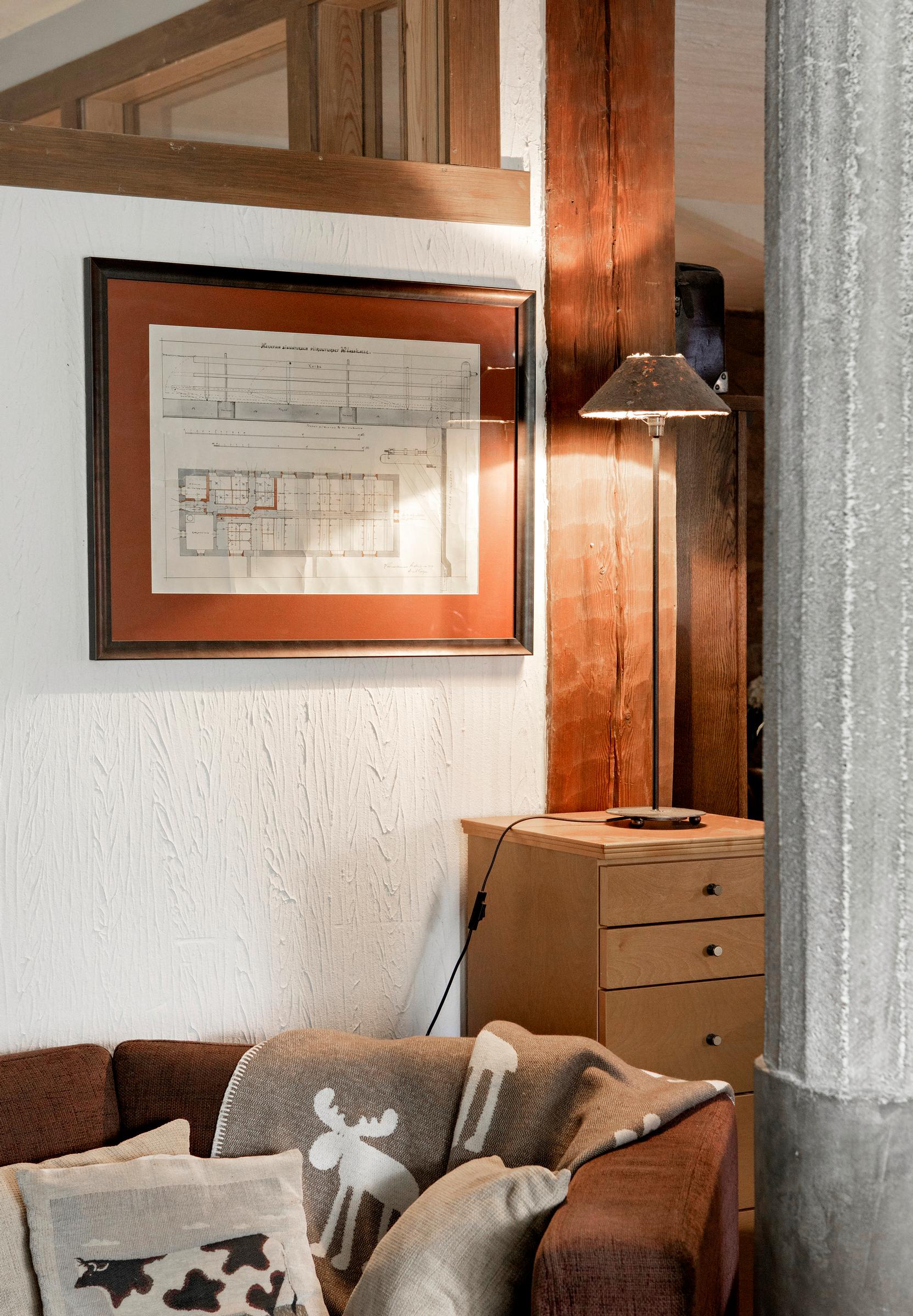
The renovation project, which began with planning in 2002, also took time and energy. Over two hundred square meters of living space were built into the barn’s northern end. The work lasted ten months. Maria and her husband Juha did everything they could manage themselves. Two full-time construction professionals were also on the job.
“When we did frost protection and dug around the wall, we found just as many layers of granite underground as above ground. We wondered how they were lifted into place over a hundred years ago.”
At 24 years old, the barn home’s designers had to fight to convince others of their ideas. For instance, they debated additional wall insulation with the building authorities, but the couple stood firm. They kept the stone walls exposed.
When the barn housed cows, the animals themselves provided heat. Later, when it was used as storage, a boiler room directed warm air inside from an oil burner.
“We chose geothermal heating and water-based underfloor heating. The windows were replaced with triple-glazed versions made in the style of the original ones. The floor’s heating pipes are placed more densely near the stone walls to keep them warm.”

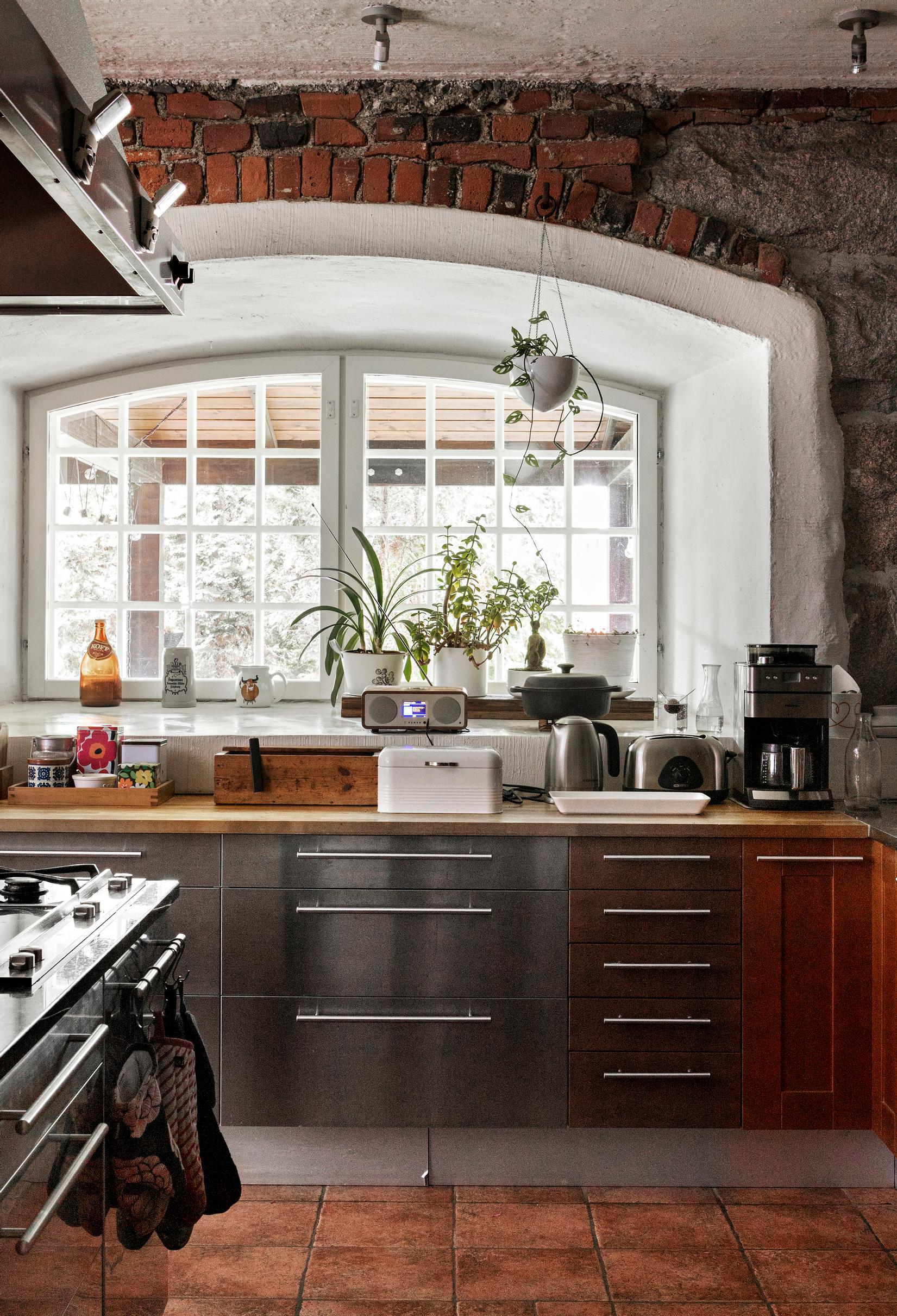

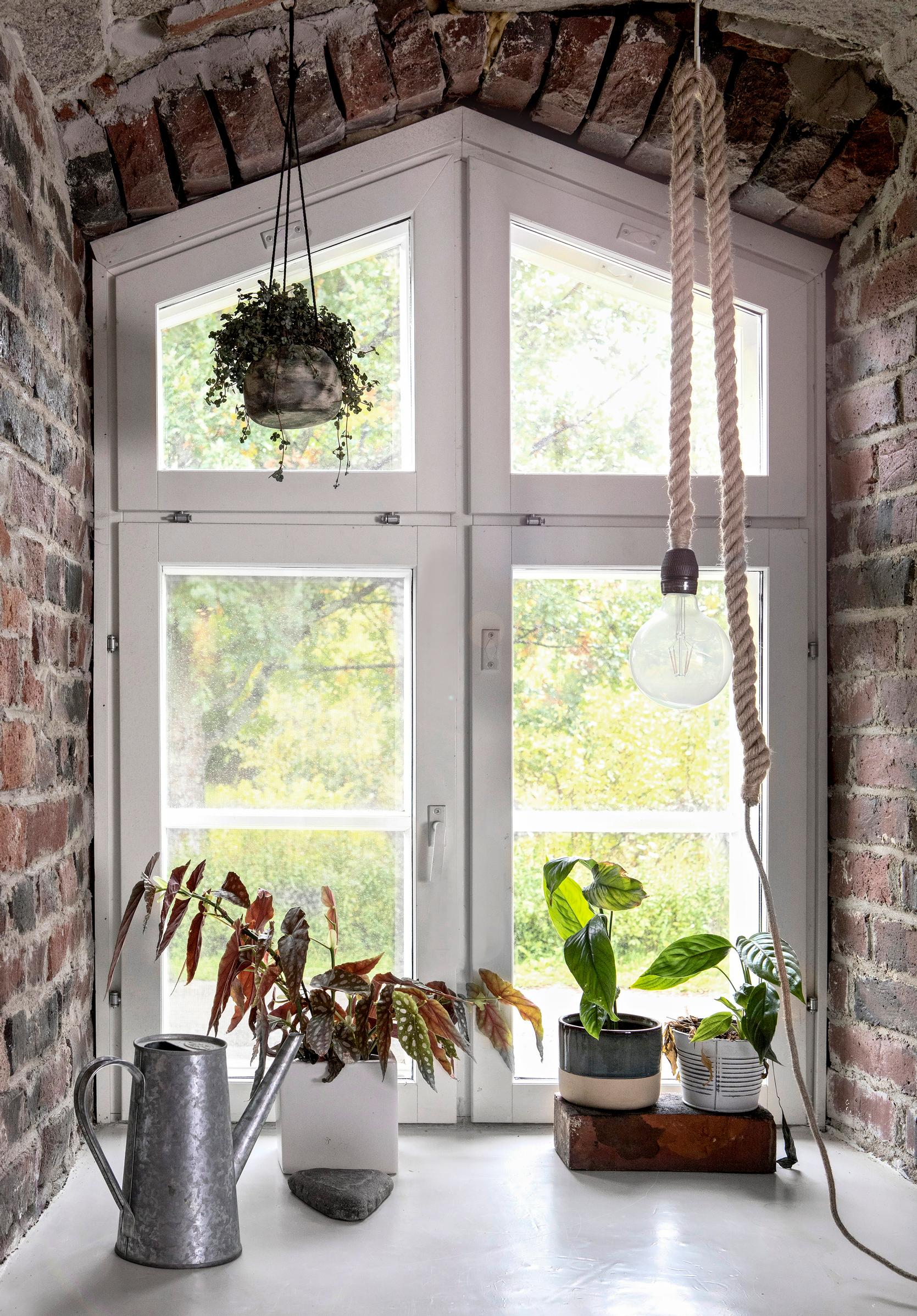
A wall between the bedroom and living room was covered with lime slurry. After sandblasting, the surface revealed an unappealing mix of grayish-brown handmade clay bricks. The wall also had a bend in it.
The contractor wanted to tear down the wall, but Maria and Juha refused. The crookedness didn’t bother them. They had actually been looking for brick structures destined for demolition and asked the owners if they could remove them. Ultimately, they built the opposite bedroom wall with bricks from a house that had burned down.
“I was very pregnant at the time. Belly out in front, I brushed a reddish-tinted sauna seal on those unattractive clay bricks. I also painted brick details on the concrete column at the end of the wall, where there were none. I wanted the clay-brick wall and the wall made from salvaged bricks to blend in with the many original brick walls we kept,” Maria recalls.
The crooked wall perfectly illustrates Maria’s perspective on the home’s features: a tilt is a characteristic, not a flaw—and it has its own story.
When they discovered the barn’s 1919 drawings, they noticed the wall was in a different location than indicated. Had it been built according to the plans, it would have been perfectly aligned.
“We suspect that for some reason they decided to build the wall elsewhere and went at it somewhat haphazardly. At some point, they must have realized, ‘Oops, the wall is going straight toward the door,’ and made a pivot. That’s why there’s a slightly funny bend.”

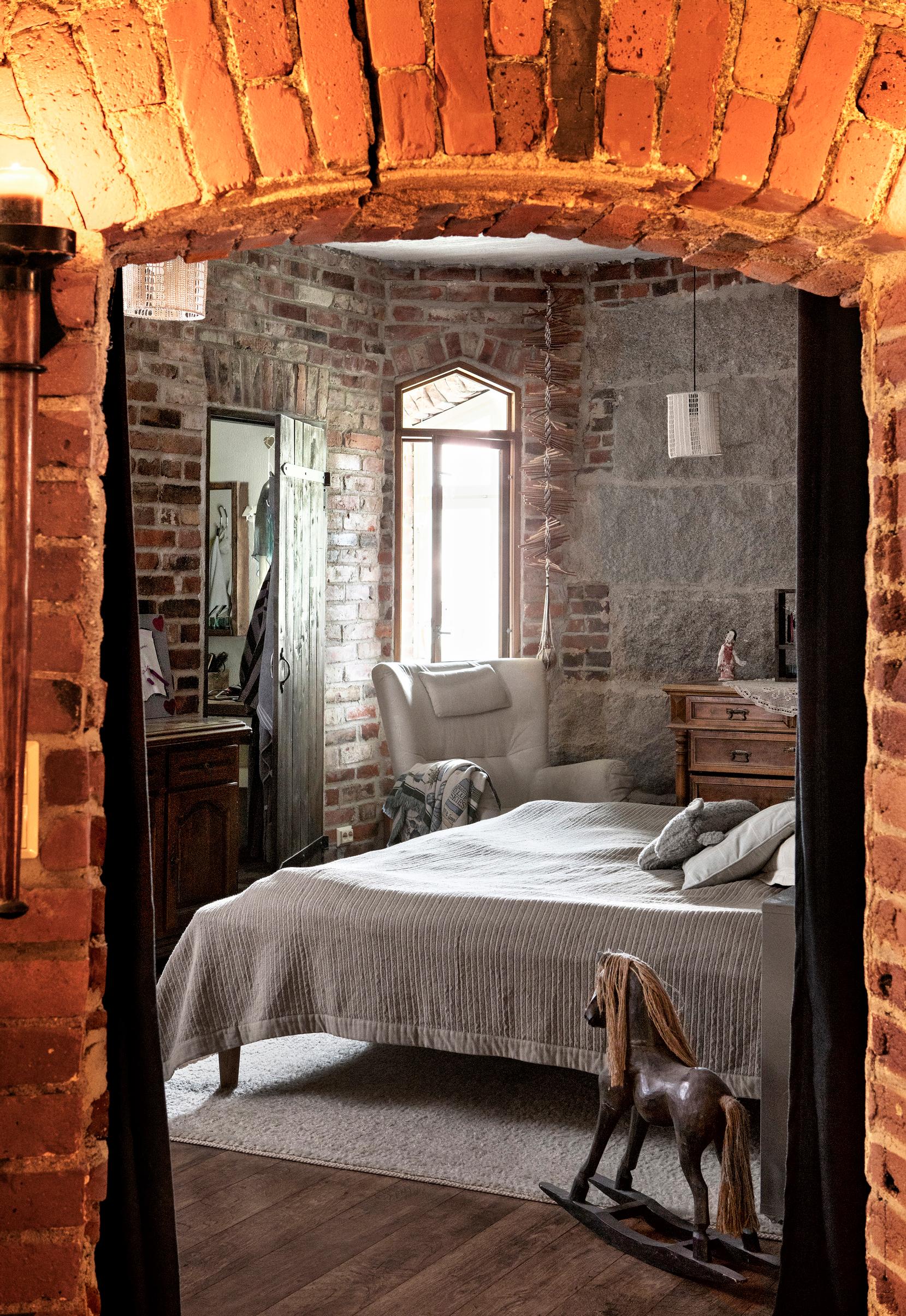

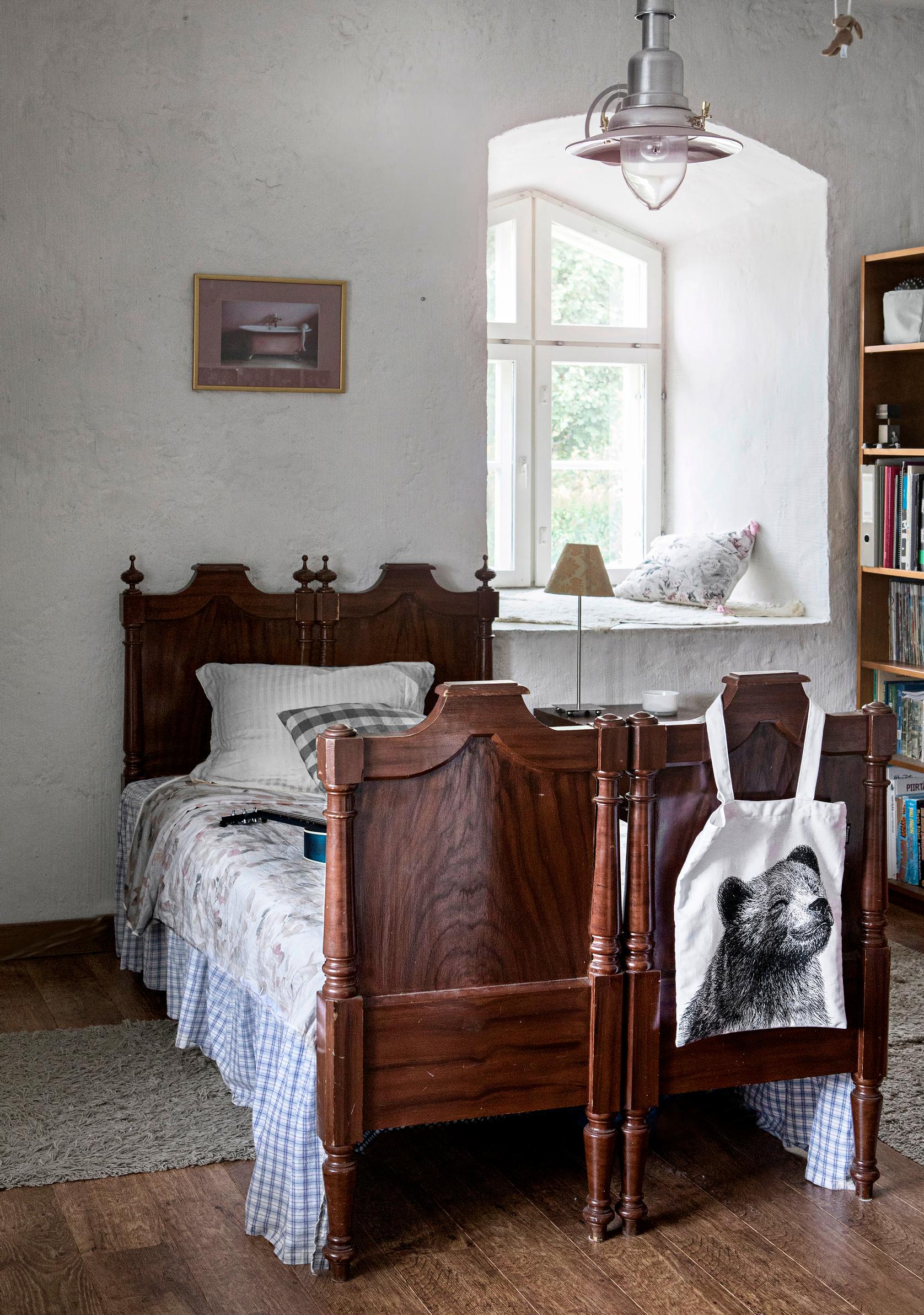
The kitchen and living areas fit naturally into the renovation plans from the outset. The milk room in a quiet corner became a workspace, and the wet rooms found a home in the dairy kitchen.
For the growing family, sleeping areas were partitioned along the edge of the living space. Because there were no windows in that section of the exterior wall, they added narrow aquarium-style windows near the ceiling.
For extra light, the family’s daughters, Elli, 15, and Martta, 10, rely on standard lamps in their rooms. Vilja, 18, took over her mother’s former office, the old milk room.
The couple wanted to keep anything that was possible to save. The remnants of the manure troughs hang from the ceiling, and the barn’s large support pillars remain. The interior mixes an industrial feel and practicality with personal innovations that reimagine old objects for new purposes.
Everything that can remain visible from the past is left on display.
“We’ll soon need to refresh areas like the bathrooms, but so far these solutions have worked well and been delightful,” Maria laughs.

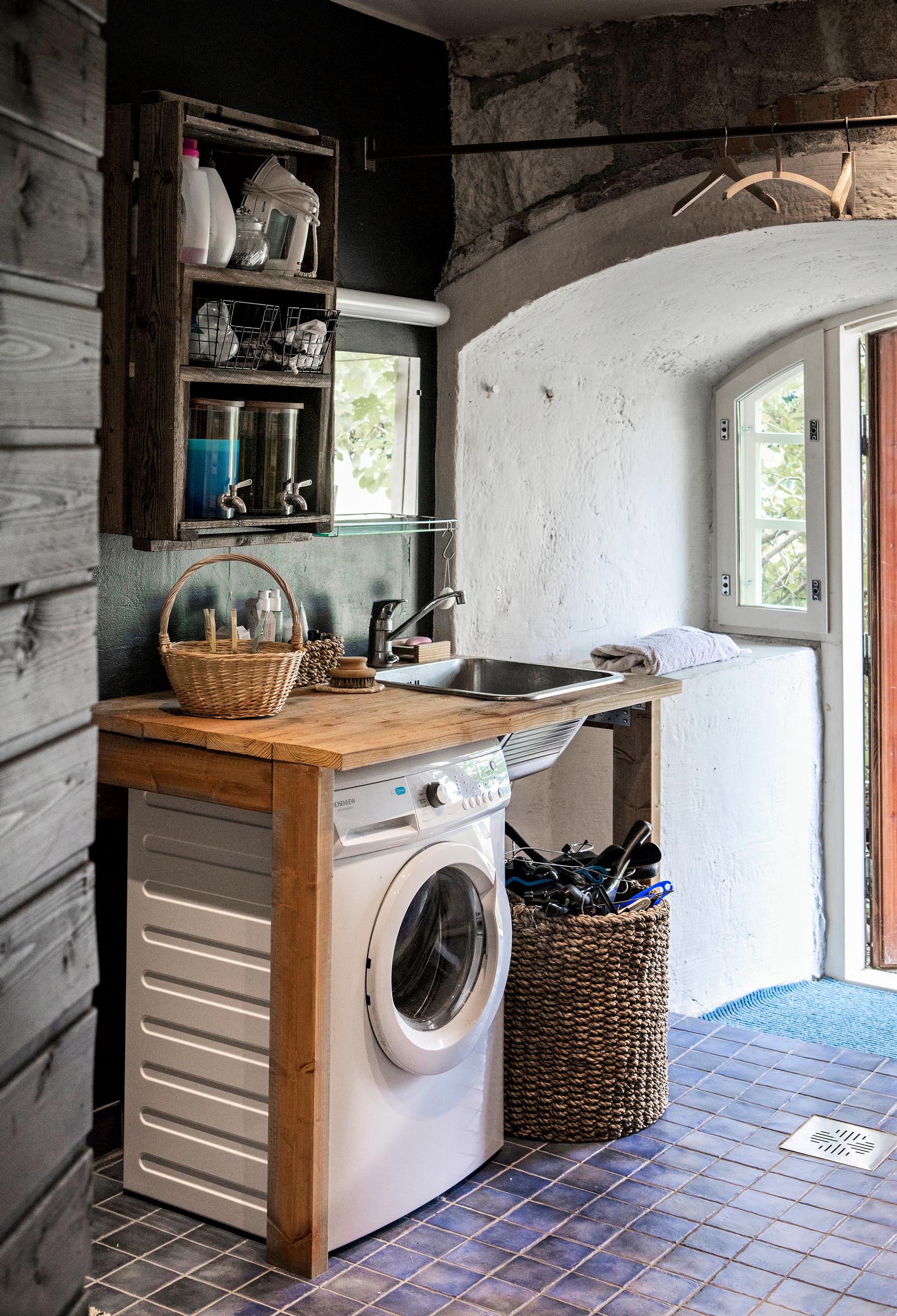

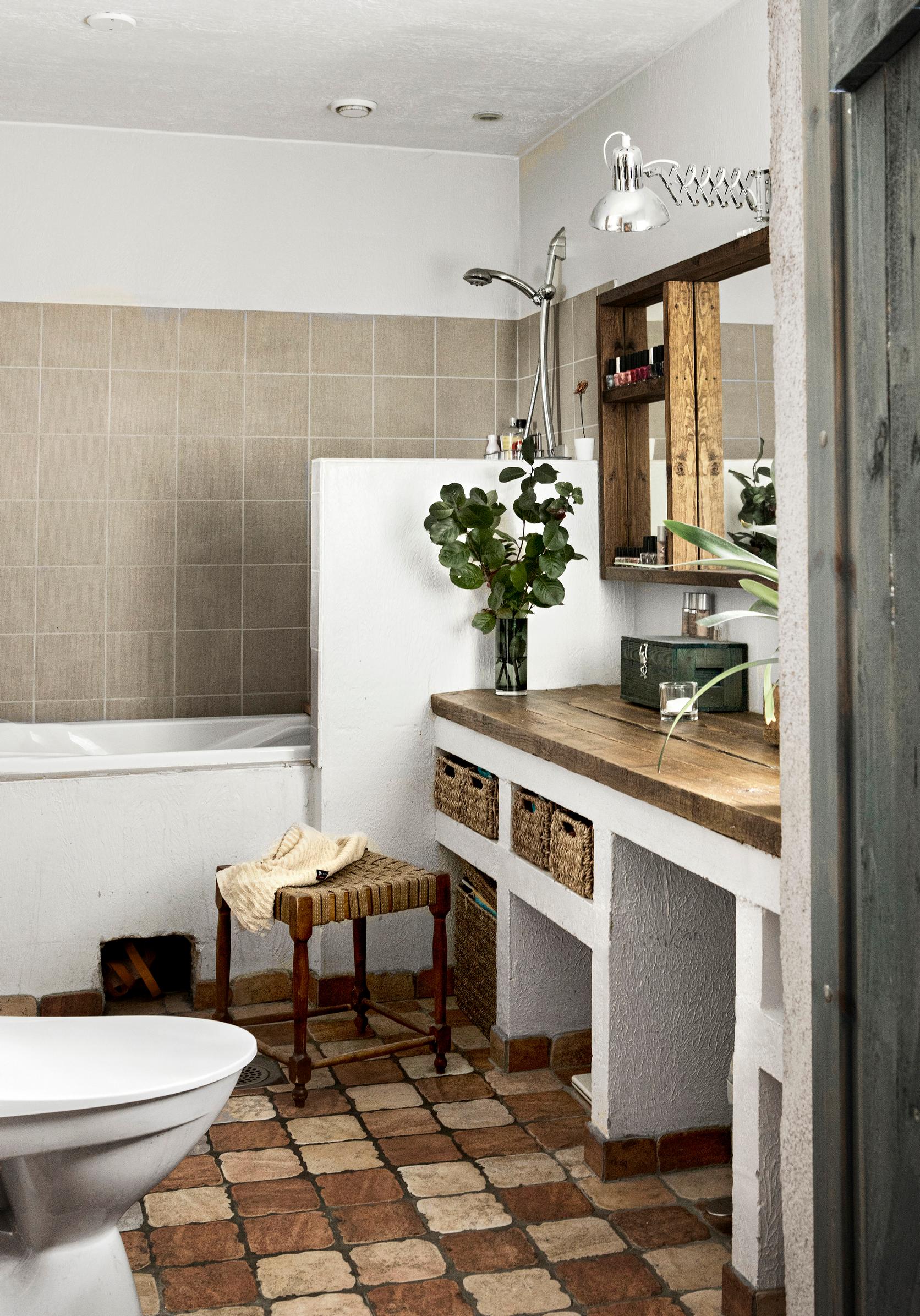
When she was a child, Maria played around the barn with her sister. The cows were gone before they were born, but the nearly 40-meter barn made a lasting impression.
After the cows, a wallpaper retail company rented the barn. The wallpaper kept well in the space, and no moisture damage was found.
“That was an important sign for potential future residents.”
Ever since she was a teenager, Maria had pictured the barn as a home. When the wallpaper business moved out in 2002, Maria and Juha—who had been a couple since high school—began seriously considering turning it into their home.
“We didn’t really have role models, and the internet wasn’t yet a big thing. We discovered Pia and Kimmo Kuurma at Metsänkylän Navetta in Hattula, where they had converted the manor stable into a home. They gave us tips on contractors and practical solutions. Later, we found other barn homes, too.”
“We got ideas from Spanish interior magazines, for instance. Through the Kuurmas, we found our principal designer, construction engineer Alpo Jokela from Häme Pro Agria. We also worked with building architect Tiina Valvento. They listened to our hopes at many stages and finalized the plans.”
The architect devised the window concept that opens into two rooms.
“The triangular cast windowsill really matters. It helps distribute natural light to two separate spaces—the bedroom and bathroom, as well as the sauna and washroom. Of course, we also collaborated with an electrical engineer for lighting.”

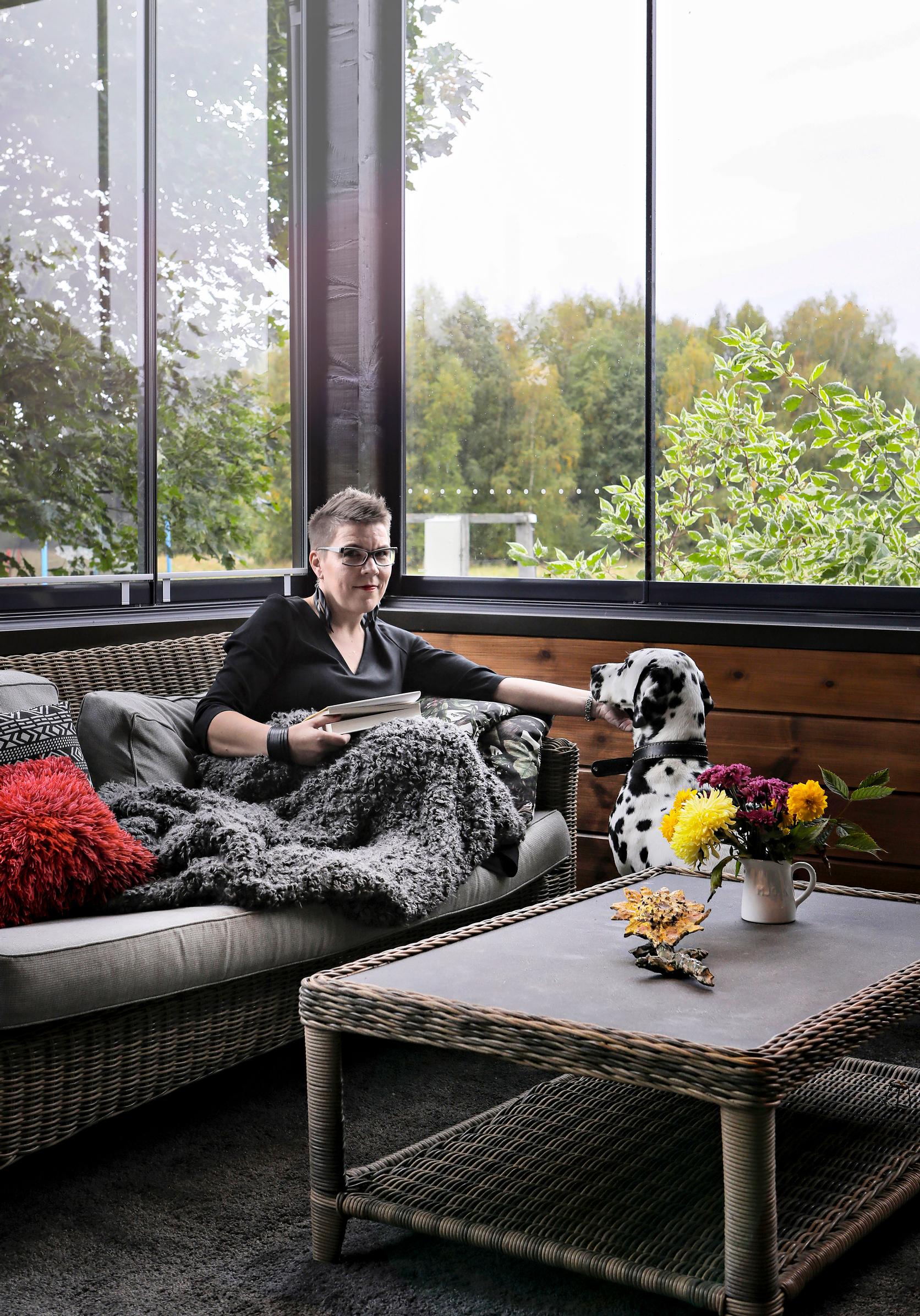
Maria says she and her husband are preservers.
“We’re by no means hoarders or collectors. A worn, weathered bench is more precious to me than something brand-new and shiny. Not everything needs a story, but objects come alive when they have one.”
It’s no coincidence that Maria became a narrative journalism researcher. She even earned a doctorate in the field.
Growing up on the farm gave her a profound love for the landscape and its buildings. The yard still has Aaltonen, the wooden house once used by farmworkers, now falling into disrepair. Maria got permission from her parents to celebrate her 16th birthday there. Afterward, she spent her summers living there.
Aaltonen’s doors were always open to friends. There, they cried over first loves, celebrated getting into schools, and rejoiced in summer jobs.
“When we got married, we stayed at Aaltonen that summer. I was working as a summer reporter for the local newspaper. I’d heat water in the kettle and wash up on the steps before heading to the newsroom.”
Aaltonen’s atmosphere followed Maria into the barn, quite literally.
“I tore up boards from Aaltonen’s attic floor and walls myself. We used those boards for the counters in the utility room and a big shoe rack in the entryway.”
The barn home has changed along with its residents. A new chapter awaits as the girls begin moving out on their own. The barn is ready to adapt again.

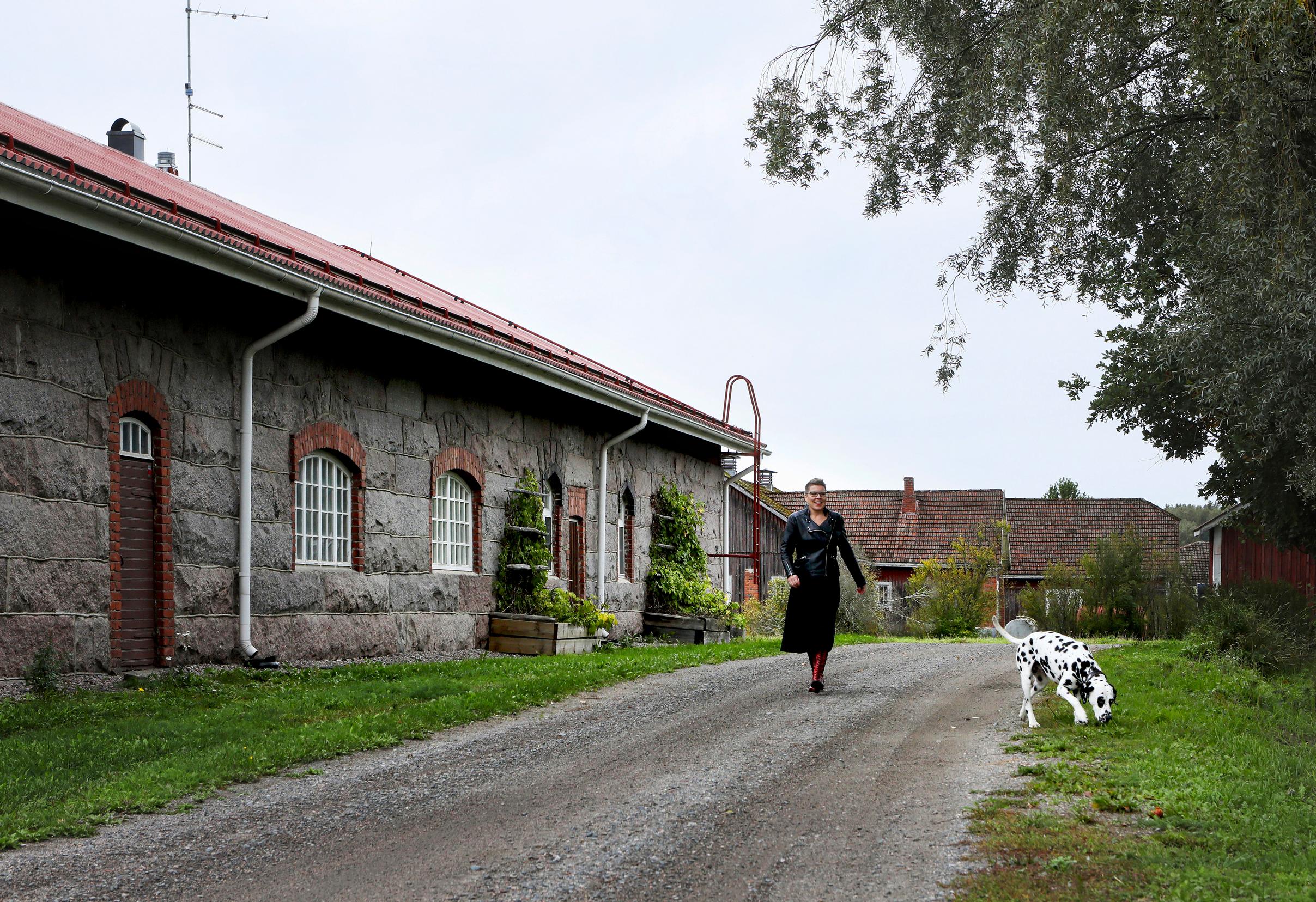

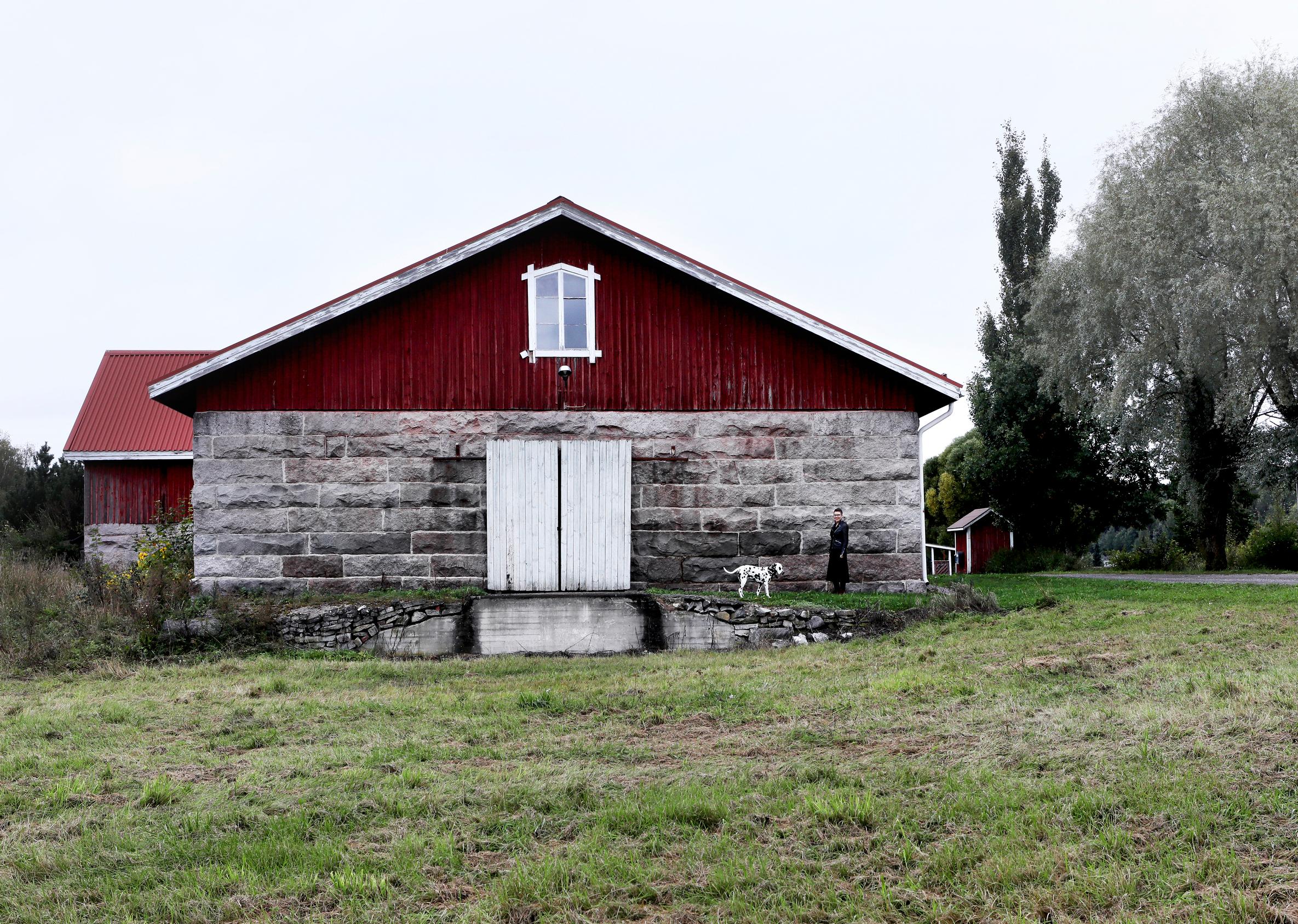
The pandemic only deepened Maria’s gratitude for this home and barn. When restrictions on going out were discussed, Maria felt profoundly moved and thankful she happened to be born at Lassila.
“Living here was an emotional experience at that moment. We’re only three and a half kilometers from the center of Hämeenlinna, yet we have plenty of space at home and around the yard. We’re very family-oriented. Even in our free time, we stay home together and don’t really travel much, for instance.”
Her daily life hardly changed due to COVID, except her office moved home. Each morning, she walks from the bedroom through the bathroom and washroom to the kitchen and closet, then on to her desk.
“My little morning luxury is freshly ground dark roast coffee. I need time for that and for reading the paper—less on weekdays, more on Sundays. Often, by bedtime, I can already taste that fresh coffee.”
Kalvola granite, used in the barn’s walls, also adorns the Finnish Parliament Building’s façade. Even amid global upheaval, this house doesn’t budge.
“Let all the winds of the world blow around us. This house is something so enduring that it already makes you feel secure.”
You can follow life in the barn home on Instagram at @kotivanhassanavetassa.

